Dust collects in the dryer
 It's no secret that your dryer collects dust. When clothes dry on a balcony or outside, lint and other small particles immediately become airborne. If the drying is automatic, then all this settles in the device. We’ll tell you how and with what frequency you need to clean your “home assistant.”
It's no secret that your dryer collects dust. When clothes dry on a balcony or outside, lint and other small particles immediately become airborne. If the drying is automatic, then all this settles in the device. We’ll tell you how and with what frequency you need to clean your “home assistant.”
There must be dust
Some users, having purchased and tested a dryer for the first time, are surprised by the presence of dust in the device after drying. In fact, this is how it should be. Flint and small hairs remain on wet clothes. When things are dried naturally, it all gets into the air, and if it is dried automatically, the particles remain in the device.
Most of the dust collects in the dryer's lint filter.
Manufacturers of dryers have provided for this nuance, so each machine has a lint filter. This is where the dust settles after drying. Moreover, there are so many small particles that after the third cycle the filter element becomes almost completely clogged.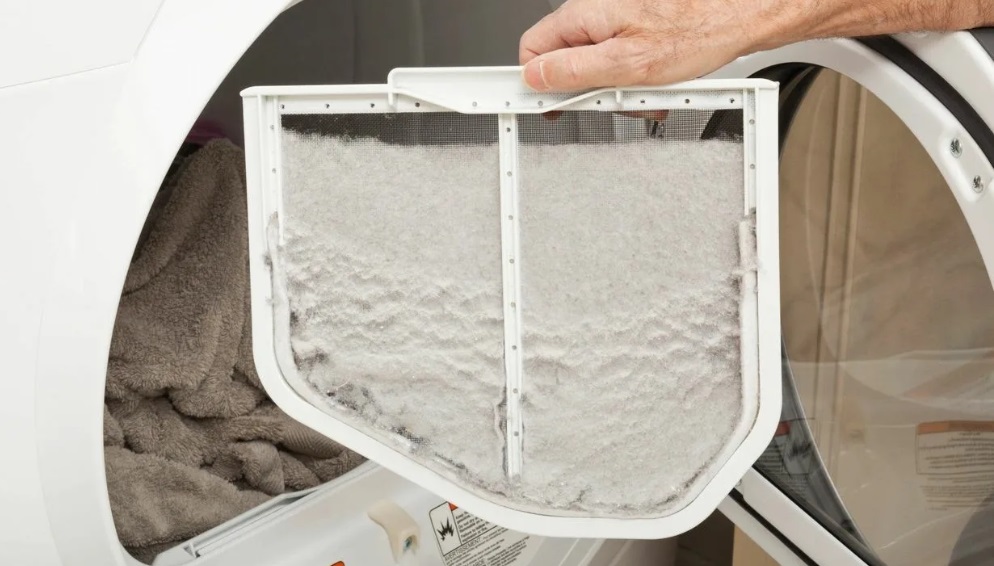
It is important to regularly clean the dryer from dust. Experts recommend emptying the lint filter after each drying of laundry. If this is not possible, then at least every third or fourth cycle.
Cleaning the fluff filter is easy. The element is located in plain sight, it is very easy to remove it from the machine. The dust is removed, after which the container is inserted back into the body of the dryer.
A small percentage of dust still bypasses the lint filter and settles in the heat exchanger of the dryer. There is nothing wrong with this either, the main thing is to clean the part on time. We'll tell you how to do it.
Cleaning the heat exchanger
How does debris affect the operation of the machine? Firstly, it begins to dry things more slowly. Secondly, it negatively affects the results of the cycle. If the SM is used frequently, it is recommended to clean the heat exchanger once a month.
Allow the machine to cool before cleaning the heat exchanger. Of course, the equipment must be de-energized. Next, place a dry rag under the dryer, at the location of the technical hatch. When opening the door, water may flow out of the appliance.
The heat exchanger door is located in the lower part of the SM housing, under the loading hatch. Left or right, will depend on the dryer model. Further algorithm of actions:
- open the technical hatch door SM;
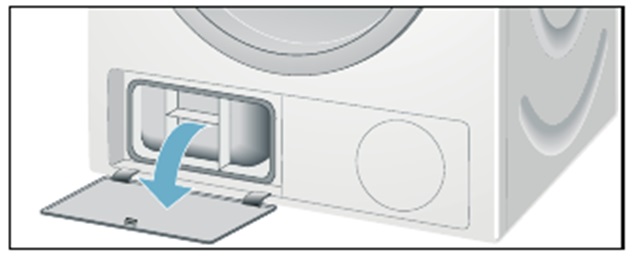
- turn the locking levers;
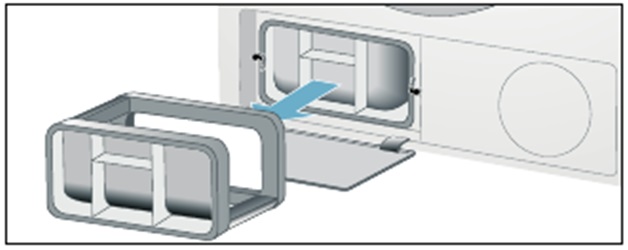
- remove the top part of the heat exchanger;
- remove the heat exchanger from the dryer;
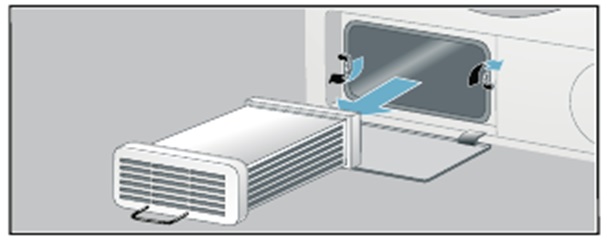
- Rinse the part in water until the contamination is completely removed.
Do not use sharp objects or hard brushes when cleaning the heat exchanger. They can damage the element. During washing, it is allowed to use soft sponges or napkins.
It is necessary to remove dust not only from the heat exchanger, but also from its sealing gasket. Therefore, wipe the elastic band with a clean damp cloth. There is no need to completely dry the element before installing it in the dryer - just let the water drain.
Assembly of the SM is performed in the reverse order. First install the heat exchanger into the machine, then its top cover. Then turn the locking levers to the initial position and close the technical hatch.
Interesting:
Reader comments
- Share your opinion - leave a comment



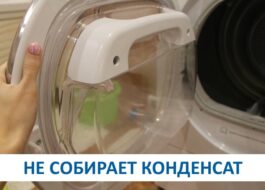
















Add a comment